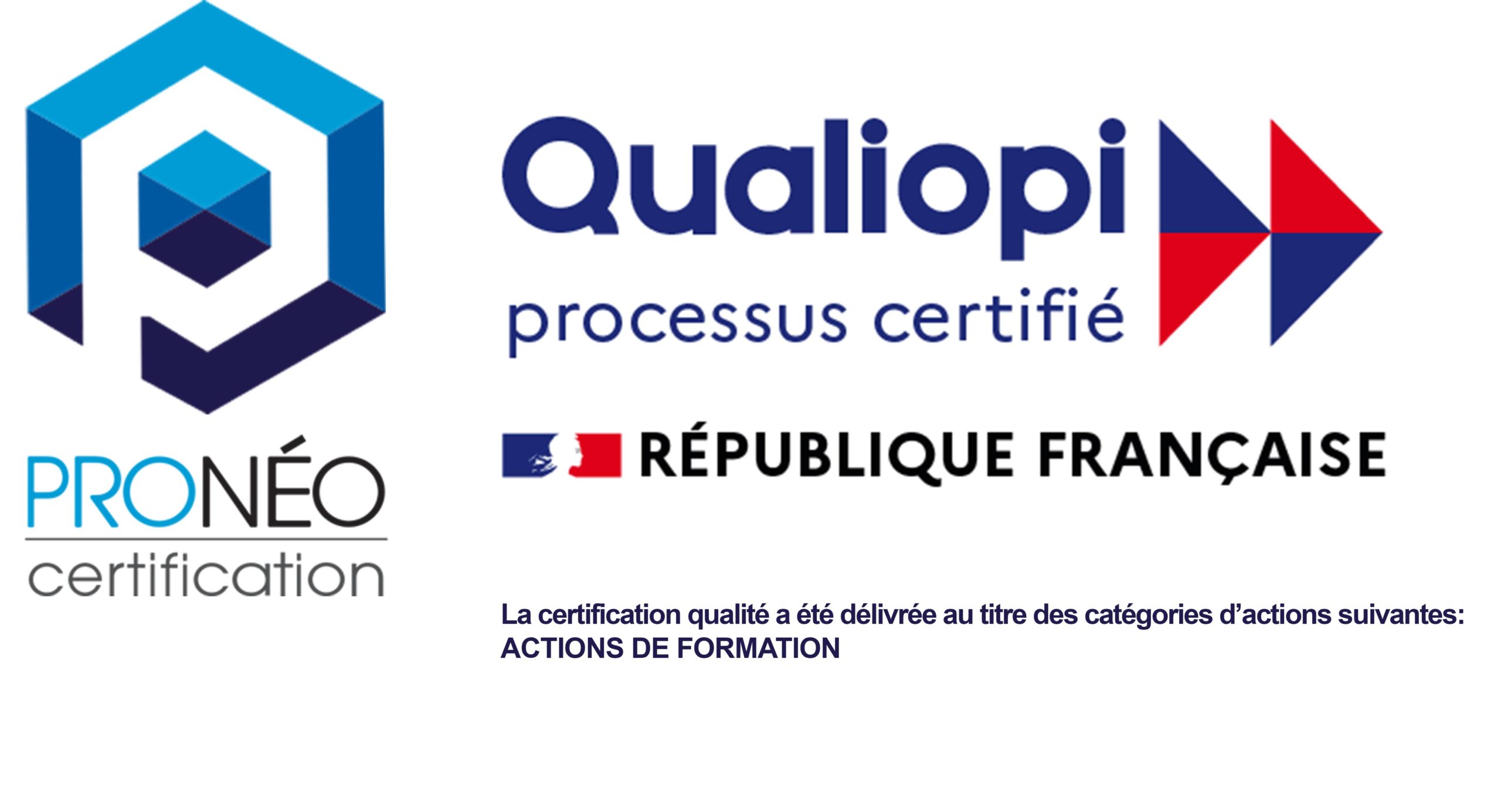Training : LEAN STARTUP
Develop your product or service in a more agile way. Discover a methodology that aims to reduce
the development cycle of your products or services through iteration and testing principles.
Educational objectives
Understand the main principles of the Lean Startup methodology
Learn the dynamics of testing and iterations
Understand the key methodological elements for successful startups
Capable of using a Lean Canvas
Be able to formulate hypotheses and test them through various methods
Create a prototype and test it with users
Details
Total Duration
Group sizes
Facilitation
Prerequisites
Who's it for?
Details of the process
-
Online Content
- Understand the objectives and the Lean Startup approach.
- Understand the difference with Design Thinking and Lean Management.
- Discover the first steps of Lean Startup.
- Understand the concept of MSP (Minimum Sellable Product) and Desirability.
- Individual exercise: find a project idea to prototype and detail it with a value proposition sheet.
Practice in face-to-face or virtual class settings
- Discussions with the trainers on the theoretical input and the preparatory exercises.
- Prepare the first prototype of the Minimum Sellable Product.
- Prototype, as a team, a project with an MSP.
- Test the prototype with other participants and integrate the feedback.
-
Online Content
- Understand the value of prototyping and testing protocol.
- Discover the MVP (Minimum Viable Product) and Feasibility.
- Understand the benefits of the Lean Canvas for your projects.
- Use the Lean Canvas.
- Individual exercise: Create a Lean Canvas for your project.
Practice in face-to-face or virtual class settings
- Discussion with the trainers on the theoretical input and preparatory exercises.
- Review of the Lean Canvas.
- Prototype, as a team, a project with an MVP (Minimum Viable Product).
- Test the prototype with other participants and integrate the feedback.
- Test the prototype with other participants and integrate the feedback.
+100
14 years
93%
Organize a Lean Startup training session in your company.

